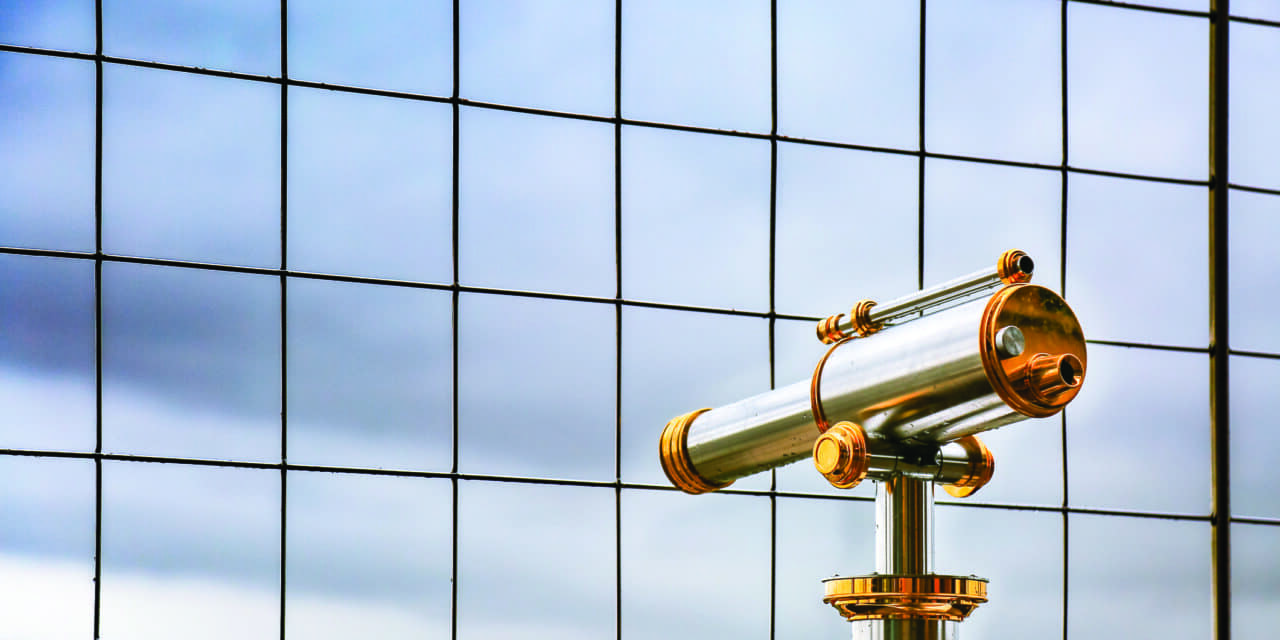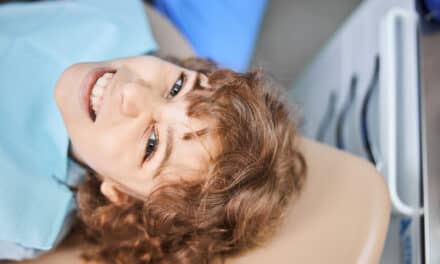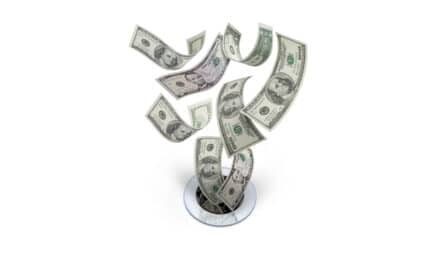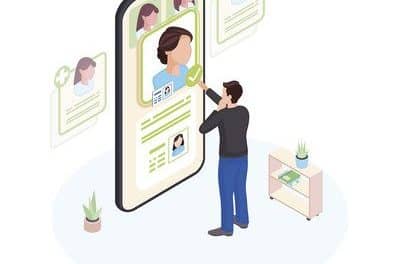In the COVID-19 era, a systemized observation program is key to increasing the number of patients who follow through with treatment
By Roger P. Levin, DDS
In the academic discipline of economics there is a term called “leading economic indicators.” Leading economic indicators represent information about what is likely to happen in the future and are used regularly to predict the directions of prices, the stock market, commodities (like copper, silver, gold, or platinum), and many other areas important to daily life. In orthodontics, the orthodontic observation program is a leading economic indicator for whether new patient numbers and production will increase or decrease resulting in growth, plateaus, and decline. Practices that want to turn observation patients into regular patients, must work to understand and systematize their observation programs.
Understanding Leading Economic Indicators
The orthodontic observation program has typically been ignored by practices. Patients are often placed in the program in a haphazard manner without extensive systemization or tracking. Given that it is strong enough to be a leading indicator of future practice success, the observation program should be designed within a clear system that is followed by all team members and tracked on a continual basis.
The reason that most orthodontic practices have not placed great emphasis on systemizing the observation program is because orthodontic practices have always performed well in the past. When any business, including an orthodontic practice, performs well, it doesn’t tend to spend a great deal of time researching every aspect that contributes to that success. However, as it has often been said, the only thing worse than not knowing why something failed, is not knowing why it was successful. Orthodontic practices have had the benefit of a good economy, the right balance of supply and demand, and a sufficient number of new patients. But in the COVID-19 era, competition is heightening, service methods such as direct-to-consumer orthodontics are growing, and supply and demand is changing based on the economy. As a result, orthodontic practices will want and need to access every opportunity for continuing growth and success.
Redefining the Orthodontic Observation Program
As indicated above, most practices don’t have an observation program that goes beyond placing a patient in observation and suggesting that they come back for future visits through text messages or postcards. Unfortunately, this process has always resulted in the loss of a good number of observation patients who never came in, never got treatment, or elected to have treatment somewhere else. In addition, very few orthodontic practices regularly track the number of patients in observation, the timeline for starting treatment, and the conversion rate of these patients. It was simply assumed that most of them would follow through with treatment, especially if they were siblings. Operating the system in this manner does not work to capture as many observation patients as possible and convert them into new patient starts. We believe that is now about to change as people consider financial scenarios and other treatment options.
The strongest recommendation that we can make during this Covid-19 era is to systemize the observation program. The following recommendations will benefit any orthodontic practice looking to increase the number of observation patients that follow through with treatment.
- Let your treatment coordinator (TC) take the lead. As I have said in many seminars, if no one is held responsible for a task, then it is unlikely that the results will reach maximum potential. The same is true for the observation program, and the person in charge should be the treatment coordinator. Why? Because the basic job description of the treatment coordinator is that they make sales, which means that they work to get patients to accept treatment. Observation patients are excellent candidates for accepting treatment and should be monitored and managed by the treatment coordinator.
- The entire observation program should be systematized. Systems such as new patient starts, collections, and insurance management are all highly regimented by orthodontic practices. As the second highest contributory factor to orthodontic practice production, the observation program deserves the same attention as every other system. We know of many practices that have up to 25% of their annual patients coming from observation. This is not simply due to a disproportionate number of observation patients, but because they have a highly systemized approach that captures almost every observation patient. Designing a system for observation is a step-by-step process that needs to be followed and tracked every day. TCs should know exactly how many observation patients are in the program, which patients are due in the next 30 days, and which patients are overdue. We encourage practices to follow a nine-time contact process to bring them into the practice for the next exam in which patients are likely to start. This will help the TC to be prepared for a case presentation process rather than an observation-only exam.
- Make patients feel like they are part of the practice. An observation patient should be viewed as a patient of the practice, not a future patient. The observation patient is no different than a patient who is being observed for a medical condition that hasn’t yet impacted them. They may not be receiving treatment, but they’re still part of the practice. Connect with observation patients as you do with all other patients, and provide them with regular communication on practice updates, contests, and fun activities. This will help give them the desire to be part of the practice when it is time to start. Observation patients should also know that there is a set exam schedule. We recommend that practices see them every 6 months to keep the patient connection strong. Keep in mind that when it’s time for treatment, you’ll have a better chance of keeping them if you offer competitive pricing.
- The TC should track observation data daily. Most practices know about their collection data or new patient starts, but very few are aware of their observation data. Tracking data is the only way to know how well any system is working, so practices should look at information such as the number of observation patients, how many have started, the conversion rate, how many siblings are more likely to accept treatment, how many observation patients were added today, and how many patients rejected treatment or never showed up for exams. This data should be reviewed with the orthodontist or office manager monthly.
- Performance adjustments must be made as needed. Close rates on observation patients should be over 95%. In the past this was automatic, but in the future it may not be. By tracking the data explained above and making regular modifications to improve performance, orthodontic practices will be able to use the observation system to maintain high levels of close rates.
The orthodontic observation patient is one of the most powerful ways to increase and maintain practice production. This is a program that has often been ignored in the past with an assumption that it is working, and the observation patients will come back for treatment. To help ensure success in today’s competitive environment, orthodontic practices must systemize the observation program and track results so the modifications can be made as necessary. As it has been said, “The future is almost here so you want to be ready for it.” OP
Roger P. Levin, DDS, is the CEO and founder of Levin Group, a leading practice management consulting firm that has worked with over 30,000 practices to increase production. A recognized expert on orthodontic practice management and marketing, he has written 67 books and over 4,000 articles and regularly presents seminars in the U.S. and around the world. To contact Levin or to join the 40,000 dental professionals who receive his Ortho Practice Production Tip of the Day, visit levingroup.com or email [email protected].










